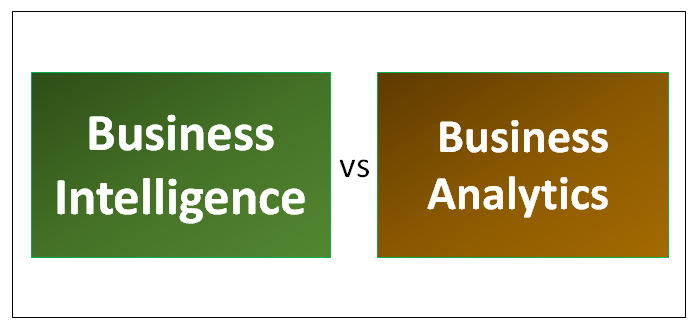What the Heck is Predictive Analytics and Business Intelligence?

Have you ever heard about predictive analytics and business intelligence? Do they sound like confusing topics that only experts can understand? Don’t worry; you’re not alone.
In today’s data-driven world, businesses need to make informed decisions to thrive. They require powerful tools that help them collect, analyze, and interpret data to gain insights and make informed decisions. Predictive analytics and business intelligence are two of the most popular tools used by businesses worldwide.
But what exactly are predictive analytics and business intelligence? And how do they differ from each other? In this article, we’ll explore the differences between predictive analytics and business intelligence and help you understand how they can help your business.
What is Business Intelligence?
Business intelligence (BI) is a broad term that refers to technologies, applications, and practices for collecting, analyzing, and presenting business data. The primary goal of BI is to help businesses gain insights into their operations to make informed decisions.
BI tools can help businesses identify trends, patterns, and relationships in their data to help them answer critical business questions. For example, BI can help businesses answer questions like:
- What are our best-performing products/services?
- What is our customer churn rate?
- Which marketing channels are driving the most leads?
BI tools can help businesses visualize their data through dashboards, reports, and graphs. This makes it easier for decision-makers to understand the data and make informed decisions.
What is Predictive Analytics?
Predictive analytics is a subfield of data analytics that uses statistical algorithms and machine learning techniques to analyze historical data and make predictions about future events or behaviors. The primary goal of predictive analytics is to help businesses make proactive, data-driven decisions.
Predictive analytics can help businesses answer questions like:
- What is the likelihood that a customer will churn?
- Which products are most likely to be purchased together?
- What is the expected revenue for the next quarter?
Predictive analytics tools can help businesses identify patterns and relationships in their data to make accurate predictions. These tools use historical data to train their models and use those models to predict future outcomes.
The Differences Between Business Intelligence and Predictive Analytics
While both business intelligence and predictive analytics are used for data analysis, they differ in several ways:
Focus
Business intelligence tools focus on analyzing past and present data to help businesses understand what has happened and what is happening now. Predictive analytics tools focus on analyzing past data to make predictions about future events or behaviors.
Purpose
The primary purpose of business intelligence is to help businesses gain insights into their operations and make informed decisions based on that data. Predictive analytics tools are used to anticipate future outcomes and make proactive decisions.
Data Sources
Business intelligence tools analyze data from a variety of sources, including internal systems, customer feedback, and market research data. Predictive analytics tools rely on historical data to make predictions about future events or behaviors.
Tools
Business intelligence tools include dashboards, reports, and graphs that help businesses visualize their data. Predictive analytics tools include statistical algorithms and machine learning techniques that help businesses make accurate predictions.
Conclusion
In conclusion, both business intelligence and predictive analytics are powerful tools that can help businesses make informed decisions. Business intelligence tools help businesses gain insights into their operations, while predictive analytics tools help businesses anticipate future outcomes.
Understanding the differences between these two tools can help businesses choose the right tool for their needs. By using the right tool, businesses can gain a competitive advantage and thrive in today’s data-driven world.

👤 About the Author
Ashwani is passionate about DevOps, DevSecOps, SRE, MLOps, and AiOps, with a strong drive to simplify and scale modern IT operations. Through continuous learning and sharing, Ashwani helps organizations and engineers adopt best practices for automation, security, reliability, and AI-driven operations.
🌐 Connect & Follow:
- Website: WizBrand.com
- Facebook: facebook.com/DevOpsSchool
- X (Twitter): x.com/DevOpsSchools
- LinkedIn: linkedin.com/company/devopsschool
- YouTube: youtube.com/@TheDevOpsSchool
- Instagram: instagram.com/devopsschool
- Quora: devopsschool.quora.com
- Email– contact@devopsschool.com

